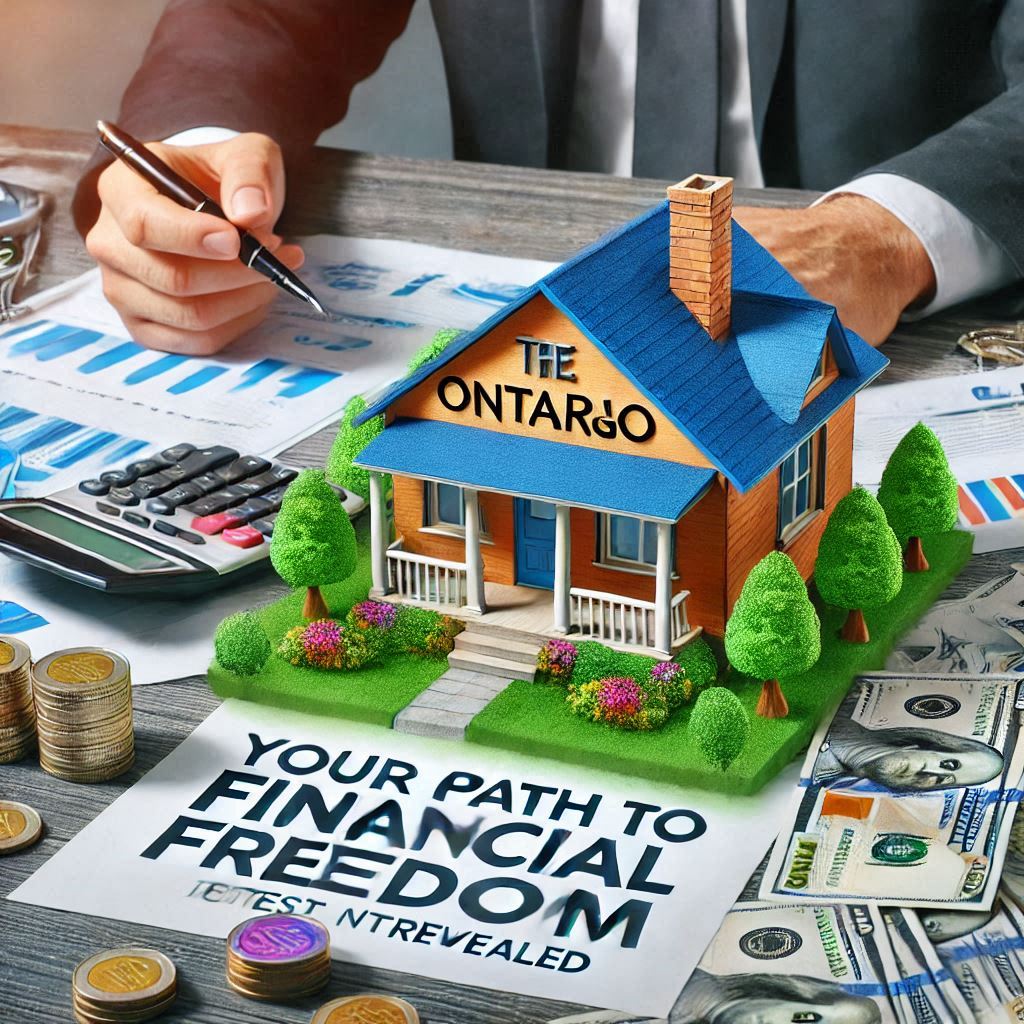
Maximize Your Home Equity: The Best Reverse Mortgages in Canada
Are you a Canadian homeowner who is nearing retirement and wanting to boost your retirement income? For seniors aged 55 and older, reverse mortgages in Canada could be a great financial solution that can help you stay in your home and tap into equity without having to sell your home. In our guide, we’ll explain how reverse mortgages operate, the perks they offer and key things you should keep in mind so you can rest easy knowing you’ve made the right financial choice.
What is a Reverse Mortgage?
What is a Reverse mortgage in Canada? A reverse mortgage in Canada allows homeowners 55 years of age and older to convert part of the value in their home into tax-free cash and do so without having to sell their home. In return, the homeowner can receive monthly payments or a single lump-sum payment, which can be spent in any number of ways:
- Medical expenses
- Home renovations
- Debt repayment
- Daily living expenses
With a traditional mortgage, you must make monthly payments; with a reverse mortgage, you make payments if and when you feel like it. Rather, it gets repaid when the homeowner sells the house, moves out or dies, and the last borrower dies.
Why do people prefer a reverse mortgage in Canada?
There are many benefits associated with reverse mortgages, which is why these products have become so popular among Canadian seniors:
- Live In Your Home: Remain in your house without selling it.
- A Tax-Free Income: You are paid an income that is tax-free.
- No Monthly Payments: You are not required to submit monthly payments on the loan.
- Flexible fund access: opt for a single, lump-sum payout, regular payouts or both.
- Higher chances of success with Best Reverse Mortgages in Canada
Top Factors to Consider for the Best Reverse Mortgages in Canada
Understanding the key factors that impact your reverse mortgage in Canada can help you make an informed decision. Here’s what you need to consider:
1.Reverse Mortgage Interest Rates in Canada: Compare and Save
Reverse mortgage interest rates can vary considerably by lender. 3) It will weigh your options The interest is obviously cumulative over time, so finding the lowest rate to borrow becomes paramount.
- Shop around from a few lenders to find the most competitive rate.
- Learn about compounding interest on your loan.
2.Reverse Mortgage Loan Amount in Canada: Know Your Limits
Your home’s value, your age and the lender’s policies determine how much you can borrow. Determine how much of the equity you want to tap and preserve.
- Determine the largest amount of loan to which you may be entitled.
- Determine how much of your equity you want to keep.
3.Reverse Mortgage Fees and Costs in Canada: Calculate Everything
There are a number of costs to reverse mortgages, including appraisal, closing and legal fees. Be sure to do your research before you decide.
- Request a full list of fees from your lender.
- Know how these fees so affect your overall cost of the loan.
4.Flexible Repayment Options for Reverse Mortgages in Canada
Reverse mortgage borrowers usually are not required to make monthly payments, but their lender can offer with flexible repayment terms without penalty. If you want to pay off your loan early, that could be helpful.
- Lenders who don’t have prepayment penalties are also the ones to seek.
- Know the rules on partial payments (if allowed).
5. Customer Support and Guidance for Reverse Mortgages in Canada
The right reverse mortgage is a big decision. It’s important to take out a loan from a lender that has excellent customer support so that you can get a better understanding of the loan’s terms and what you’ll need to do.
- Go with a lender that has experienced and knowledgeable loan advisers.
- hey must be able to explain all the terms and conditions in plain language.
Are There Any Alternatives to a Reverse Mortgage?
- So, if you don’t think a reverse mortgage in Canada is right for you there are some alternatives to think about:
- Home Equity Line of Credit (HELOC) A loan that allows you to borrow against the value of your home; you can borrow funds on an as-needed basis.
- A HELOC will give you access to home equity at a lower interest rate than a reverse mortgage. It provides more flexibility, but you have to make regular payments.
Downsizing Your Home
If you have an expensive home, you may want to sell it and buy a smaller, cheaper home. This can be a way to liquidate cash for other uses.
How to Refinance Your Mortgage
- Refinancing can offer better interest rates and let you tap more of your home’s equity.
- Best Reverse Mortgage in Canada: What You Need To Know isupportInitialize
- Here are a few steps to getting the best reverse mortgage in Canada:
Start Your Refinancing Process with DoneMortgage.ca
Refinancing is easier when you have expert support. DoneMortgage.ca offers:
- Access to multiple lenders for competitive rates
- Clear guidance on refinancing options
- No-obligation consultations with experienced mortgage advisors
Ready to start refinancing your mortgage? Contact the DoneMortgage team to get personalized guidance and find the best rates available.
Conclusion: Is a Reverse Mortgage a Good Idea for You?
A Canadian Reverse Morgage can be your house’s greatest allly! But you need to know what you're doing. Remember to maintain your own financial goals, shop around, and consult a professional.



